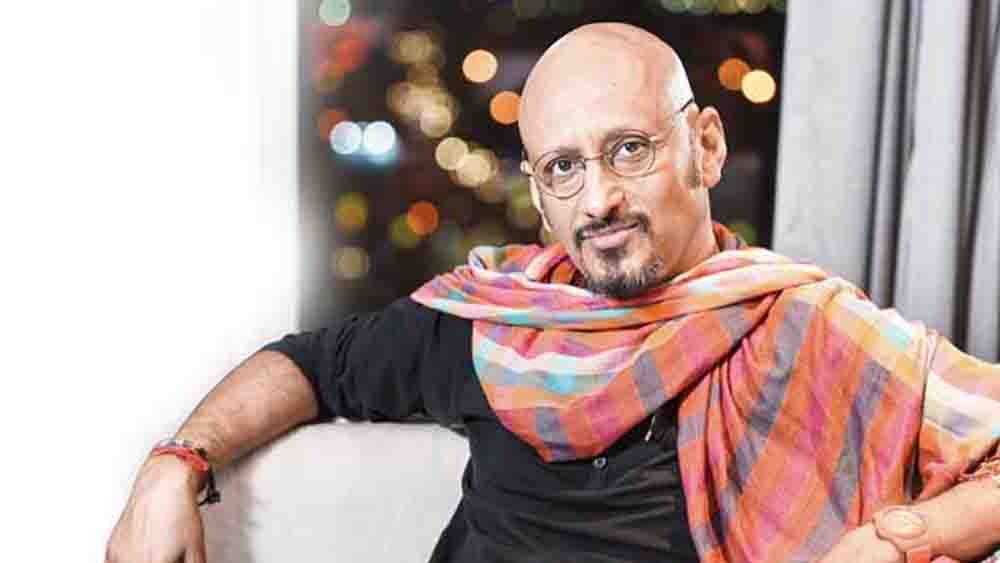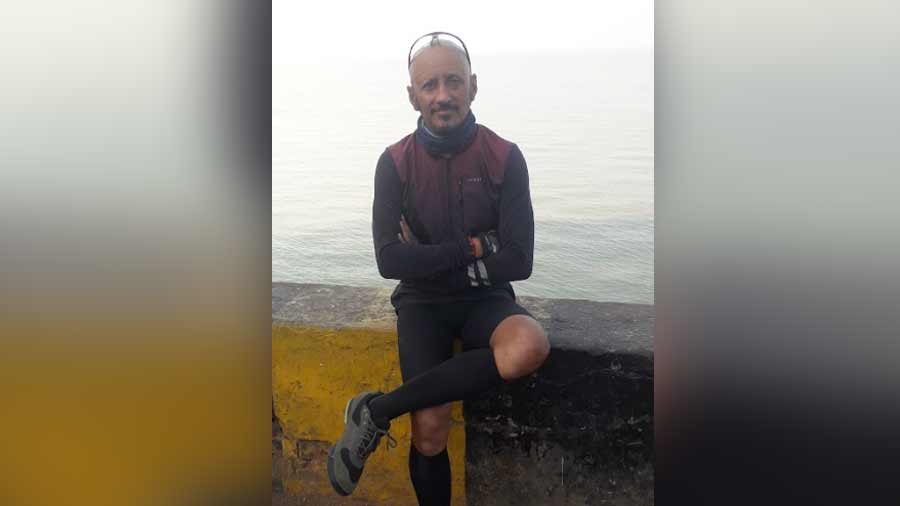Are you out of your mind?
This is absurd and ridiculous!
What you’re trying to do is impossible.
These were some of the responses I heard when I first started talking about my dream project – a non-stop cycling expedition from Gomukh in Uttarakhand to Gangasagar in West Bengal, covering some 3,000 kilometres. The more scepticism I came across, the more determined I became to realise my dream.
Four years of planning and preparation were upended by Covid-19 and the loss of my father (during the second wave last year), but somehow I managed to complete an adventure that has changed my perspective on creativity, my country and life itself. Now that my Ananth Yatra is there for all to see in the form of Songs of the River (a six-part documentary currently streaming on Disney+ Hotstar), here are my most important takeaways from a journey of a lifetime.
Dare to dream
If you plan to dream, there is no point in being conservative about it. I remember how I was turned down by corporate after corporate when I presented my proposal for Songs of the River. They did not think that I would be able to get it done. However, I did not let any of the rejections dilute or destroy my idea. And then one day, out of nowhere, one person chose to believe in me. Sangita Jindal, chairperson of the JSW Foundation, heard me out and said: “Shantanu, we have to tell this story to the people of India.” The JSW Group gave me carte blanche and we were up and running in no time. Within just 15 days, almost at the pace of guerilla warfare, we were ready to begin.
Teamwork to make that dream come true
Even if you can dream alone, when it comes to fulfilling that dream, you need the support of others around you. I was extremely lucky to be surrounded by a team that not only protected me and assisted me in every way imaginable, but which slowly but surely started identifying their own journeys in mine. Abhra Bhattacharya, the executive producer for Songs of the River, was my knowledge bank on Ganga, since he had already covered the river extensively for the BBC. Shanu Babar, the director of photography, who followed me everywhere with the camera, knew how to be discreet and capture me without making me conscious of his presence. Ritik Singh, the drone specialist, was responsible for tracking me on the cycle, which came rather easily to him after his experience with tracking wildlife. When I was struggling to cycle uphill (in the first episode), Ritik started walking alongside in what seemed like a moment straight out of Forrest Gump! When I would cycle at night through pitch-black roads, my team, trailing me in their cars, would always keep the headlights on. I cannot possibly thank every single person who helped me during Songs of the River, but I am grateful that I could always count on them. We shared something that will forever be etched in our lives.
Ganga the therapist
When I started cycling for this project, I had a few questions. Who is Ganga? What does Ganga mean? What makes Ganga so special? Over the course of many months, the answers gradually revealed themselves to me. All the artistes who collaborated with me for Songs of the River (from Mohit Chauhan to Maati Baani to Sid Sriram and others) underwent a spiritual shift once they came into the presence of the river. For the songs you see in the documentary, I did not resort to a conventional recording studio. Instead, I made one in the middle of nature, intending to retain the sights and sounds of the river.
At one point in my journey, in Bihar, I remember taking a break and watching a couple arrive to simply sit down and spend time staring at the river. Even though they came and left together, they were sitting some 100 metres apart. When I asked them about this, they said that they came to Ganga to speak to her, and wanted each other to have their space, to have their privacy. In that moment, Ganga seemed less like a river and more like a therapist, someone you can approach for a healing conversation about your innermost feelings and insecurities.
I felt an odd mixture of relief and emptiness on reaching my destination
I had just entered Bihar at roughly the midway point of my journey when the ongoing Chhath Puja made for unbearable traffic. But far more problematic than the traffic were the roads, exuding mud and dust, which gave me a terrible bout of asthma. As I was rendered unable to cycle temporarily, I began to think of giving up. I didn’t think I could do this anymore.
Ever since I had performed the last rites for my dad in Varanasi and obtained a sense of closure, I had stopped thinking about how much distance I had left to cover. I was taking every kilometre as it came, but the experience in Bihar was a setback. That is when my team stepped up once more and gave me the boost I needed to carry on.
The next time I thought of the final destination was when I saw the Howrah Bridge on my cycle. I had maintained throughout that if I could cycle my way to the Howrah Bridge in Kolkata, nothing could stop me from reaching Gangasagar. As it turned out, I felt an odd mixture of relief and emptiness on reaching my destination. Relief because I knew I hadn’t let myself down and, more importantly, I had lived up to the trust of all those who had contributed to Songs of the River with photographs of their loved ones snatched away by the pandemic. Emptiness because after months of visualisation — imagining roads, weather conditions and people I would encounter — there was nothing left to do. The goal had been achieved, the process was complete.
The real India is one where people know the value of sharing
My original inspiration for cycling across India was The Motorcycle Diaries, where two friends decide to take a road trip in an attempt to discover their native South America. As someone who loves my country deeply, I have always wondered what the real India looks like. I’ve always been interested in the regional, small-town India, one that remains largely shielded from most of us dwelling in the country’s metropolises.
Songs of the River made me realise that the real India is one where people know the value of sharing. Far away from the divisiveness that I often encounter in urban India, the India I discovered on my cycle was one where people held each other’s hands, for that was the key to their community, the key to their survival. All this convinced me further that each one of us who is in a position to travel, should undertake at least one trip across India to get to grips with what exactly makes our country so unique, so united.
The importance of expanding the definition of what music really is and how it can be made
When I see young composers creating beats and tunes on their keyboard while being limited to the fours walls of their living rooms, I feel like they are missing out. They are missing out on the immense expanse of experience that awaits them outside. They are missing out on the joy of motion and how it magically catalyses music. They are missing out on tasting life in all its shades and subtleties, without which sustained creativity can never happen.
As I go through the messages flooding my chats after the release of Songs of the River, I am happiest about two things. First, that I have been able to take viewers vicariously down the Ganga and everything she entails, which has helped provide closure to many still processing the devastating impact of the pandemic. Second, in making Songs of the River, I have been able to remind people of the importance of venturing out and exploring life, the importance of expanding the definition of what music really is and how it can be made.
As told to Priyam Marik


